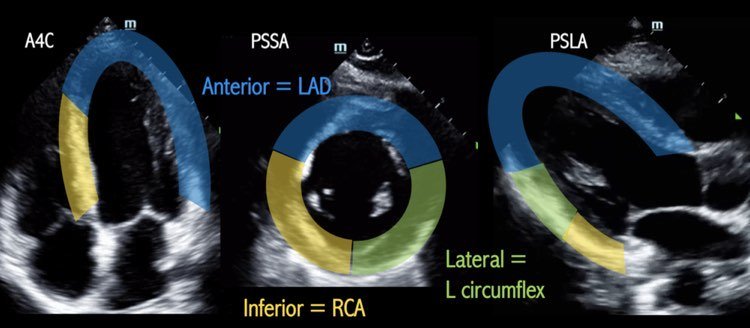What is a physician mortgage loan?
A physician loan is a mortgage loan that requires the borrower to have a DM, DO, DPM, DVM, DDS, or DMD degree (there may be more acceptable degrees than that depending on location and bank). Most of these loans typically require you are still in training or within ten years of completing training. This type of loan package enables medical professionals to effectively borrow more money than they otherwise would with a conventional mortgage loan. These loans can be up to $1,000,000!
What is the benefit of a physician mortgage loan?
One significant benefit of physician mortgage loans is the ability to purchase a home without the requirement of a down payment. This is advantageous for medical professionals who may have substantial student loan debt and limited savings. Additionally, these loans often do not mandate private mortgage insurance (PMI), which is typically required when the down payment is less than 20% on a conventional mortgage. By eliminating the need for PMI, physicians can potentially save on monthly mortgage costs. The calculation of the debt-to-income (DTI) ratio, a crucial factor in mortgage approval, is approached differently for physician mortgage loans. Lenders exclude certain debts, such as student loans, from the DTI calculation, making it easier for doctors to qualify for a larger loan amount.
Are there any drawbacks to a physician mortgage loan?
Interest rates on physician mortgage loans may differ from those of standard mortgages or first-time homeowner loans. Often they will be slightly worse than conventional mortgages. The difference is typically not substantial, but often the recommendation may be to refinance the mortgage after a few years to get a better interest rate. This will be situation dependent. Also note, not all banks offer these types of loans.
TLDR: You can qualify for a $1,000,000 mortgage loan with no down payment, and no PMI, if you are in medical training or within ten years of completing training.


